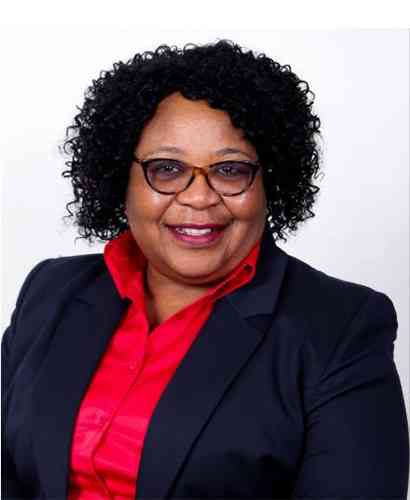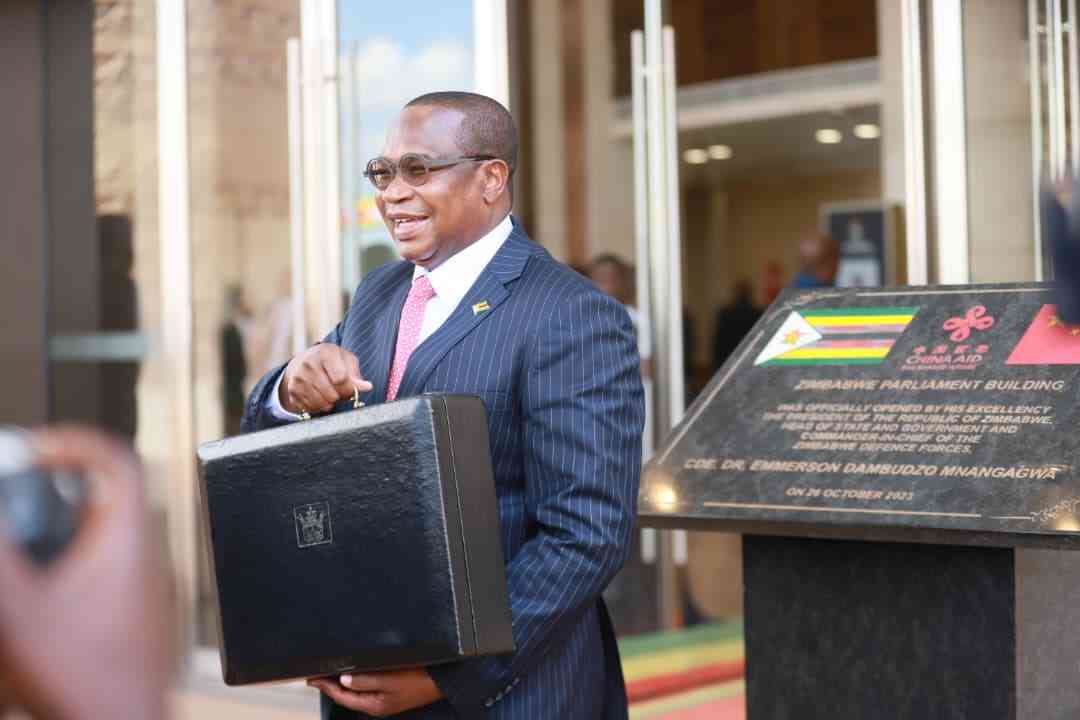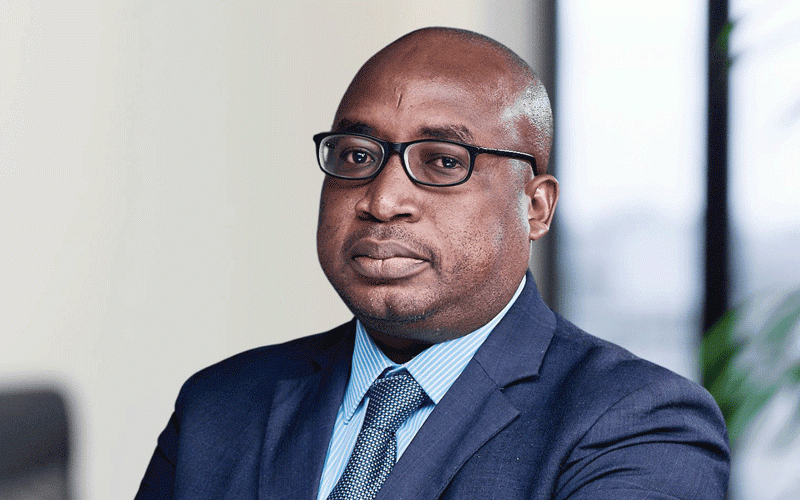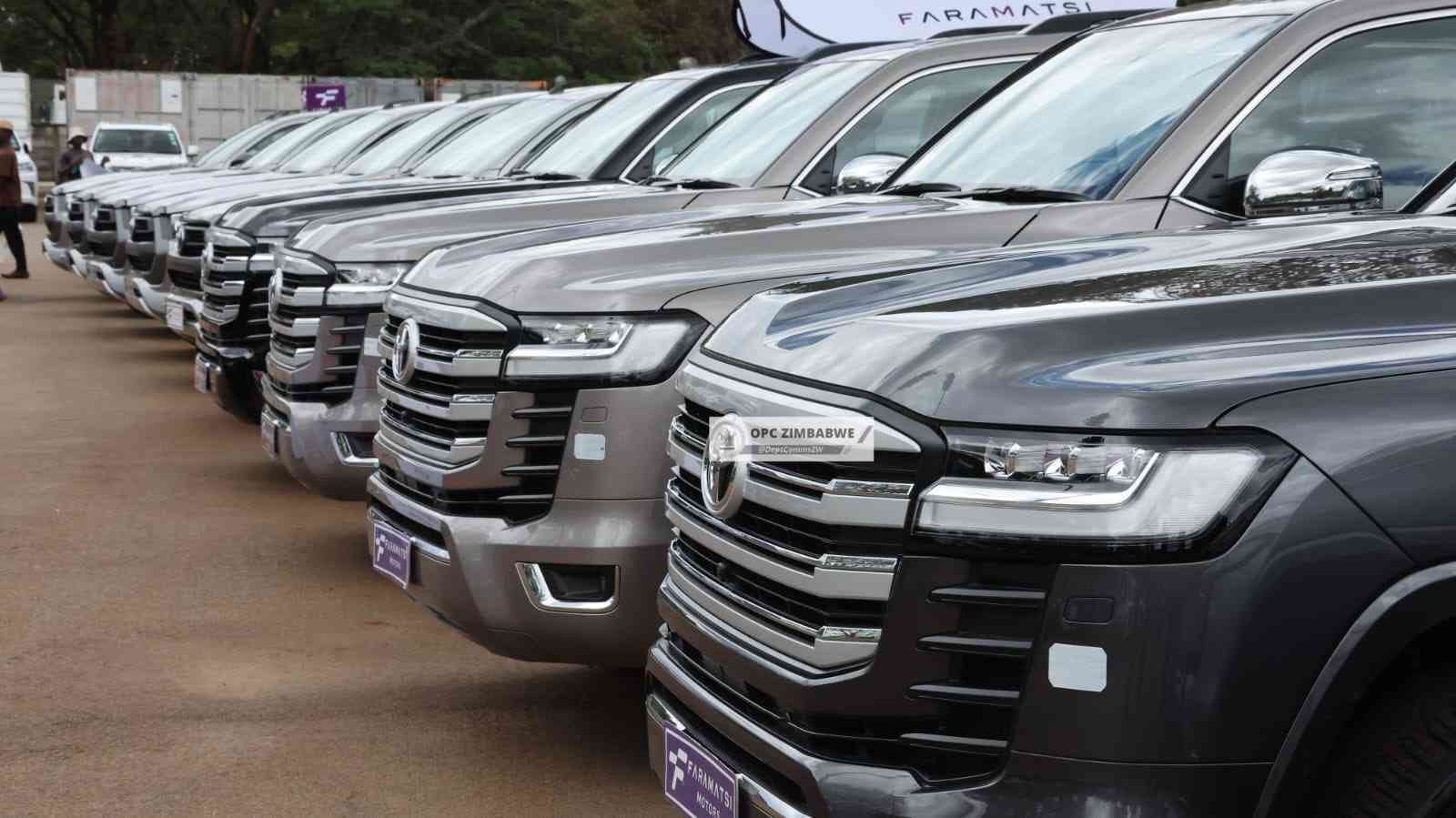
By Freeman Makopa
ZIMBABWE has commenced several programmes to improve power generation and plug a crippling electricity deficit.
The projects are at various stages of completion.
Our business reporter, Freeman Makopa (FM) caught up with Gloria Magombo (GM), the permanent secretary in the Ministry of Energy for an update on these developments.
Here is how their discussion turned out…
FM: What is Zimbabwe doing to meet its electricity demand?
GM: The ministry, through the National Development Strategy 1 (NDS1) has the following key issues to address as part of our mandate to ensure energy sufficiency by 2030.
These are maintenance, rehabilitation and where possible upgrade the existing energy infrastructure to ensure efficient operations, completing all on-going projects and building new capacity.
- Chamisa under fire over US$120K donation
- Mavhunga puts DeMbare into Chibuku quarterfinals
- Pension funds bet on Cabora Bassa oilfields
- Councils defy govt fire tender directive
Keep Reading
The ministry is also maximising the use of renewable energy and energy efficiency, developing new supply and distribution options through research, innovation and use of technology and is also ensuring viability of the sector.
In addition, we are also addressing issues of affordability.
Development of policies and regulations that allow for private sector involvement is among the key issues, while various programmes have been put in place starting with the development of an integrated sectoral plans.
FM: Tell us more about this strategy.
GM: We are also looking at the network master plan, the least cost generation plan, the rural energy master plan, which are key in the development of the creation of a National Integrated Energy Resource Plan, which is targeted for consolidation next year.
FM: Tell us about power generation projects.
GM: New generation capacity projects are under construction and some are being commissioned.
These include the Hwange 7&8 coming online by 2022, independent power producers, about 60 megawatts (MW) by end of year whist others are at different levels of project development.
FM: Would you please give an update for developments at Batoka?
GM: The government of Zambia and Zimbabwe are jointly developing the Batoka (2 400MW) with each country to access 1 200MW.
The project developer was appointed and is working on the project preparation and financial closure.
As part of the low carbon development strategy, Zesa will soon launch the competitive procurement of 500MW solar projects throughout the country.
The procurement framework is being finalised.
FM: The ministry is also pursuing renewable energy. How far are you on that and what impact do you think that will have to the economy?
GM: Policy implementation is in progress.
Various IPPs are under construction and already licensed, new renewable energy competitive procurement is under way.
Mines and other companies as well as agricultural estates are building roof tops (solar systems) and ground mounted systems to bank and feed the grid.
Most new suburbs are installing solar home systems.
The government, through the Rural Electrification Fund is working on mini grids and upgrading old systems.
Renewable energy targets 2 000MW by 2030, excluding large hydro projects.
Zimbabwe is participating in the development of the green hydrogen atlas for Africa — an initiative which is meant to come up with data to confirm the possibility to produce hydrogen from various water sources and renewable energy.
The hydrogen can be used for local and export for power generation, fertilisers manufacturing, transport fuel, metal refining and heating.
A framework will be developed for green hydrogen once the study is completed.
The antiquated equipment is real.
What is critical is that it is replaced and maintenance is done timeously to avoid further challenges.
We have a programme under NDS1 to rehabilitate old equipment and have secured over a US$300 million loan through the Indian government assistance for life extension of the units 1 to 6 at Hwange and another US$ 100 million for Bulawayo power station repowering — these programmes will include complete replacement of some main plant equipment like boilers with new equipment and technology.
With units 7 and 8 coming on board by end of next year it will help allow for scheduling of this work.
We advocate for energy efficiency from all consumer groups as this will assist in reducing demand.
We also believe industry also has antiquated equipment which needs to be replaced.
Retooling with new and efficient equipment will assist in improving security of supply.
FM: What message have you been conveying to investors who want to get into Zimbabwe’s energy sector?
GM: We have a lot of investors who want to come into the sector as Zimbabwe is open for business.
The fact that we have a supply demand deficit presents a huge opportunity for investments.
We are also open to innovative solutions to meet our demand.
We believe that over and about external investors, we urge local investors including pension funds and insurance companies to invest in the energy sector.
The number of energy projects licensed by the ZERA is also testimony to the huge interest and commitment.
Locals can invest in own generation projects and take advantage of net metering regulations to supply the grid and bank their power to use later.
We have already through the renewable energy policy and Finance Act amendments provided various incentives.
Government has also been reviewing and signing various investment protection agreements (IPAs) with various countries and is a signatory to various trade protocols.
With the interconnection to the region, we encourage investors to look at Zimbabwe and the Sadc region as one market.
Our central location within the region and interconnection infrastructure allows for investors to also supply other utilities and markets.
This is why Zimbabwe is positioning itself to be a net exporter of energy by 2030 and also as a regional hub for fuel distribution.
FM: How much does the country need in terms of forex to import electricity?
GM: The country needs between 50 to 400MW of power to cover peak demand and standard demand and also depending on how the internal generation is doing, the bill will vary from US$10 to US$18 million a month, depending on how much power was imported at what time (peak vs off peak or winter) and for how long and from who.
The PPAs are different for each source including the Southern African Power Pool day ahead market.










